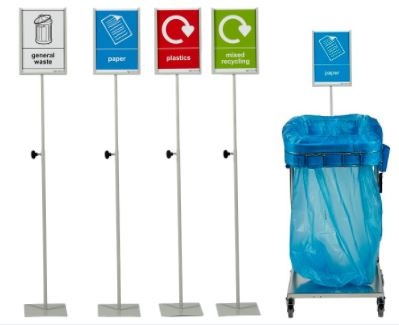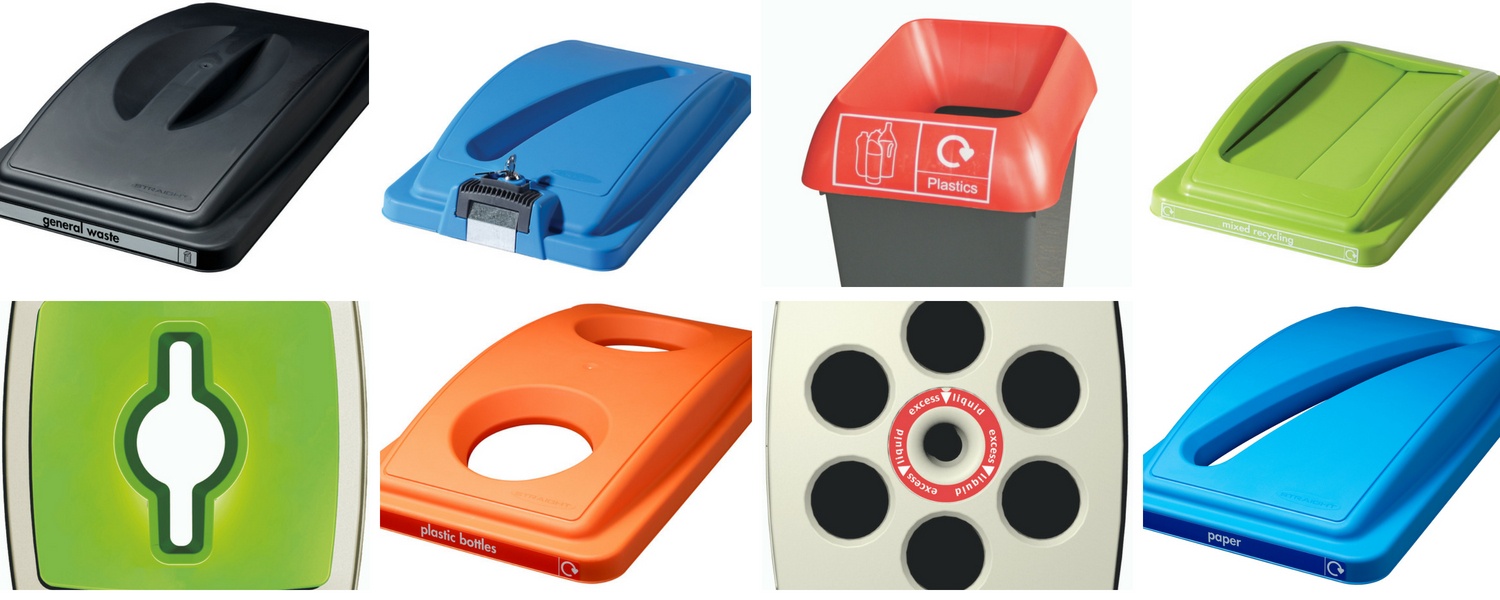
This is one of the more common questions we get asked. It’s all well and good investing in a recycling system at work but inconsistency across multiple sites seems to be a common obstacle to recycling success.
So, how do you create recycling consistency across multiple sites / locations?
Firstly, can I point out – you are not alone in this conundrum. Like I said, we get asked this question a lot and it can’t be isolated to just our client base. In fact, Michael Gove has supposedly identified consistency as a key target in an effort to make recycling easier for households. Same principles apply to business as far as I can see.
But why is consistency so important? Michael Gove believes it’s a vital component to achieving his four point plan. Helping to improve the rate of recycling and to make it easier for individuals to make the right recycling choice.
MICHAEL GOVE’S FOUR-POINT PLAN TO TACKLE PLASTIC WASTE
- Cut the total amount of plastic in circulation.
- Reduce the number of different plastics in use, because that will help recycling firms
- Improve the rate of recycling, which has been slipping recently.
- And make it easier for individuals to know what goes into the recycling bin and what goes into general rubbish.
There are a number of ways in which you can achieve consistency in recycling at work, here’s just a few.
Here’s our 6 point plan to recycling consistency at work

ONE: DESIGN
- Consider colour: You can adopt WRAP colours to provide consistency between work and recycling at home or on-the-go. You could chose colours to match your brand. You could chose any colour you like but ensure they are consistent, so wherever someone goes to recycle an item they instantly know the correct aperture, regardless of which floor, department or site location.
- Consider signage: Take design to the next level and add effective signage. It doesn’t have to cost a lot, you can pick up WRAP consistent signs, such as the ones pictured (right) for less than £25. Alternatively, go bespoke (see below) for a no limits approach to what can be created or achieved.
- Be true to your brand: As consistency is so key to learning behaviours, use your brand typography and logo
- Make it visual: 77% of us prefer a combination of content delivered as images, videos or interactive content.

TWO: POSITION
- Make it easy, position recycling points where there is a natural heavy footfall – such as staff canteen, reception areas, break out room, just before an exit door (to also catch those coming in). The same logic applies even if floor plans across multiple sites do not.
THREE: APERTURE
- Here’s where the smallest of detail pays dividends. Did you know, there is a common aperture design across most bin manufacturers. If you combine this with consistent WRAP colours, you increase your chances of correct waste segregation at source. Here are examples of the most common place aperture types used across all industries.
- Adapt WRAP’s Framework For Greater Consistency. Ok, it relates to household waste recycling, but all your work-force have a place they call home. Having a similar (if not the same) system for work, rest and play makes recycling that much easier.

FOUR: LAYOUT:
- The key to any required behaviour is ease of use. Humans, by nature, can be lazy and when it comes to disposing of waste, will choose the easiest route.. The path of least resistance you might say. Consider the types of waste. This, of course, will differ depending on the bin location. Take the staff canteen as a great example, carefully positioning bins in sequence order makes sense. So, image you’ve finished your lunch, a meal deal maybe, you’d want to dispose of the liquid first, then maybe the food, followed by the plastic bottle and sandwich wrapper. You’d therefore position the bins and/or waste apertures in this order: Liquids, Food, Plastic Bottles, Dry Mixed Recycling (DMR) and for good measure, right at the end, general waste.
FIVE: COMMUNICATION
- There’s no point having a system if no-one know about it, so use all the available communication channels you have. Staff boards, newsletters, intranet, email etc.
- Ask guest speakers to come in from the local area – this is a great way of making recycling a little less like a global issue, and more a local issue that your workforce may engage with.
- Go one step further and adopt a recycling ambassador (or team). Recycling forms part of most Corporate Social Responsibility or Corporate Sustainability Goals, so leverage these channels of communication and peer pressure. Encourage your recycling ambassadors to attend the odd CSR / CS strategy meeting to ensure you’re not missing out on vital data from the ‘shop floor’.
SIX: INCENTIVISE
If all else fails, entice them with a reward. You may be familiar with the term reverse vending or deposit return scheme. What you may not be familiar with is the concept that you can have your own on-site reward system.

CafeCrush™ is a great example of a scheme you could easily bring into your workplace. The same height as an average vending machine, it can be programmed (quite easily) to reward whatever fits within your brand ethos. Some dispense a voucher to redeem against money off next purchase, some provide promotional incentives like 2 for 1 off branded goods whilst others give out a token to confirm the deposited bottle (cup or can) has triggered a donation to the companies nominated charity.
There so much more you can do, but hopefully this is a great starting point. Naturally, if you need any more advice, we’re here to help.
At Unisan UK, we provide game-changing solutions that enable our customers to rethink their traditional approaches & demonstrate their commitment to environmental sustainability, whilst making recycling easier and more efficient.
Keen to learn more?
